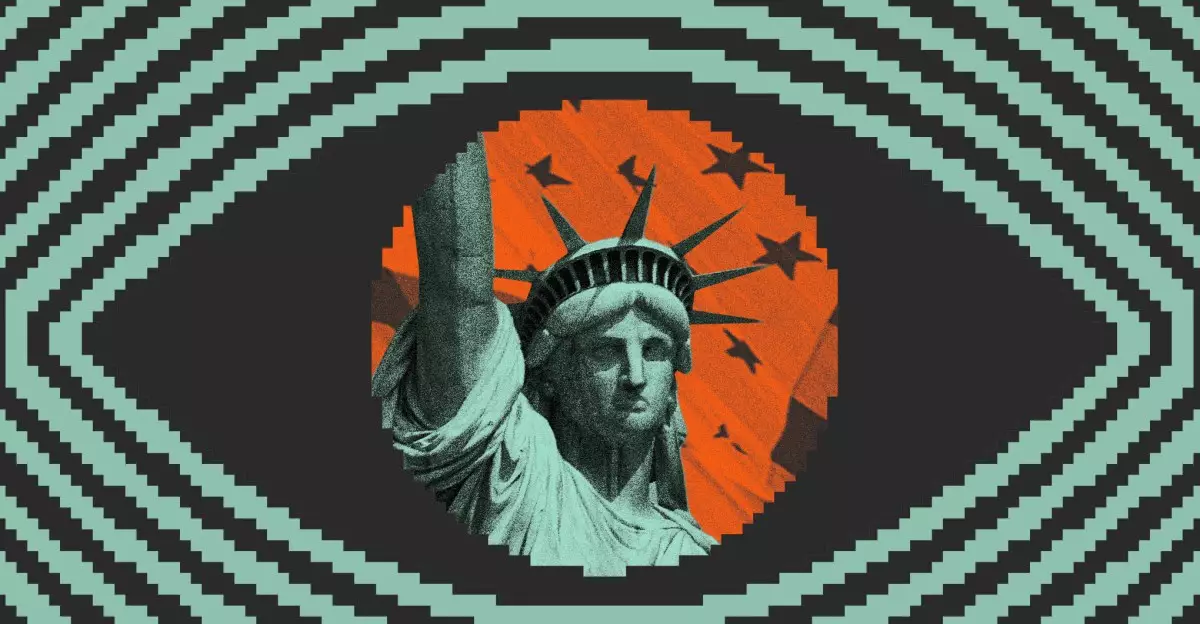Recent developments in technological innovation have reshaped the way urban authorities approach public safety, and New York City’s alliance with Citizen exemplifies this shift. This partnership signifies more than just a collaboration; it introduces a dynamic, bidirectional flow of information that could redefine citizen-police interactions and community trust. By allowing city agencies to both disseminate alerts and tap into a vast pool of user-generated footage, the city positions itself at the forefront of smart, real-time emergency management. It’s an ambitious step toward integrating community-sourced data into official safety protocols—yet, it also raises critical questions about privacy, surveillance, and the false dichotomy of security versus civil liberties.
Empowering Authorities with Cutting-Edge Tools
The integration of Citizen’s platform with city agencies underscores a fundamental change in urban policing. Previously confined to reactive measures, law enforcement now gains the ability to address threats proactively. The real-time alerts tailored to neighborhoods and demographics can provide residents with vital information during emergencies, potentially reducing response times and preventing incidents from escalating. The inclusion of prominent agencies such as NYPD, FDNY, and Emergency Management signals a serious commitment to intertwining community feedback with official action. However, this technological leap is not without risks: the reliance on user-shared videos and live broadcasts blurs the line between public safety and intrusive oversight. While citizens do retain the option to opt out of video sharing, the broader public access to this footage effectively normalizes a constant surveillance environment that can rapidly shift societal norms.
The Power and Pitfalls of Citizen-Generated Content
At the heart of this effort lies the central question: can user-generated content genuinely enhance safety, or does it introduce new vulnerabilities? Citizen’s appeal rests on its capacity to crowdsource real-time footage, offering law enforcement and emergency responders an unprecedented window into ongoing incidents. Yet, despite assurances of user privacy and opt-out features, the platform’s infrastructure inherently amplifies the public’s digital footprint. Videos uploaded during critical moments may remain publicly accessible, creating a perpetual record that can be exploited beyond emergency contexts. The potential for misuse, misinterpretation, and privacy violations looms large—especially when police access is expedited or unregulated during emergencies. Furthermore, the app’s history—originally launched as Vigilante—casts a long shadow, reminding us that citizen-driven safety initiatives can sometimes veer into dangerous territory, fueling paranoia, vigilantism, and community mistrust.
Balancing Security and Civil Liberties in a Digital Age
The symbiotic relationship between municipal authorities and Citizen exemplifies a broader debate: How do we safeguard communities without sacrificing fundamental rights? While the promise of rapid alerts and shared videos may seem like a stride toward safer streets, the very tools designed to protect can inadvertently erode civil liberties. The ease with which police can access real-time footage—sometimes without warrants—raises alarms about unchecked surveillance powers and potential overreach. This dynamic is further complicated by the app’s public accessibility, which means that anyone, anywhere, can view and download footage—even if they choose not to share. As we increasingly embed surveillance into our urban environments, the question becomes whether the collective security gained is worth the cost of normalizing a society under constant watch.
The Critical Outlook: Progress or a Pandora’s Box?
While this partnership signifies progressive technological advancement, it demands a cautious approach. Its success hinges on transparent governance, strict privacy safeguards, and community buy-in. Without these, there’s a real danger that such initiatives morph into digital panopticons—tools of control rather than safety. Moreover, trust remains fragile; if communities perceive this data sharing as intrusive or biased, it could undermine law enforcement’s authority and exacerbate existing social divides. Ultimately, New York City’s embrace of Citizen’s platform offers a glimpse into what future urban safety might look like—an intertwined digital ecosystem where citizens and authorities collaboratively respond to crises, but only if managed with integrity and respect for individual rights.

